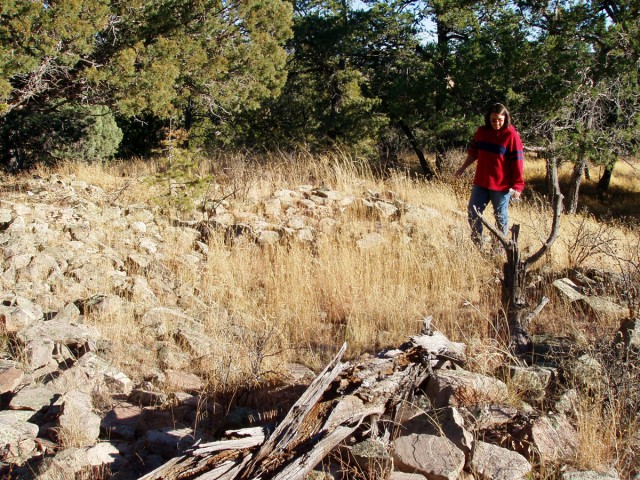The State of New Mexico has established a tax incentive program that encourages private landowners to protect important cultural resources. Charitable donations of land or an interest in land (for example, an archaeological conservation easement) to public or private conservation agencies for conservation purposes are eligible for a New Mexico state tax credit. Historic preservation is included among acceptable conservation purposes.
According to the rules of the program, when a landowner gifts the land outright to a private conservation organization—or sells it to a private conservation organization at a bargain sale price—the private conservation organization must convey a conservation easement to a third party. The easement protects the conservation values of the land. In this way, the state is assured that the values that qualified for the tax credit will not be put at risk if the private conservation organization folds or sells the property to a private party.
Working with The Archaeological Conservancy, Archaeology Southwest accepted an archaeological conservation easement on the 158-acre Spier 142 site. The Conservancy acquired the Spier 142 site through a bargain sale by a private landowner who sought the New Mexico Conservation Tax Credit for the bargain sale portion of the transaction. In order for the transaction to qualify, the Conservancy had to convey an archaeological conservation easement to Archaeology Southwest, thereby assuring the State of New Mexico that the cultural resources values would be protected in perpetuity.
Spier 142 is one of several ancestral Pueblo settlements built in the region around 1250. It is also one of the largest Pueblo III-period communities in the El Morro Valley. Spier 142 is comprised of approximately 165 masonry rooms in one large, E-shaped architectural unit, as well as an additional 195 rooms and possible great kiva in smaller architectural units.
